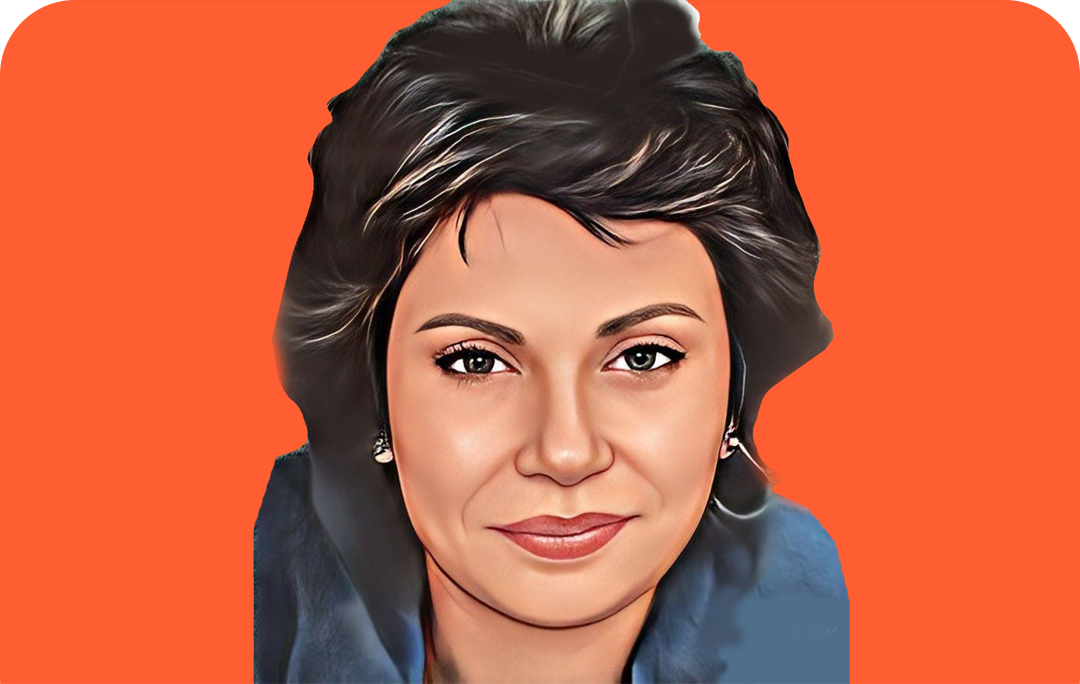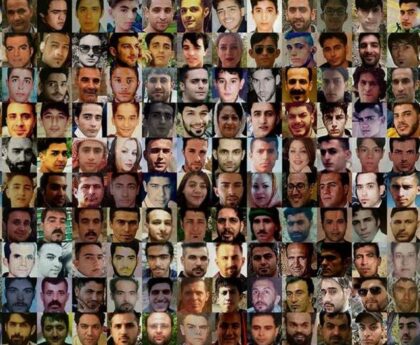On February 21, 1994, at 3:00 p.m., a 54-year-old beautiful woman drove her car to Tajrish Square north of Tehran. Tajirsh Square was noisy and crowded. She stopped her car and walked to the Bazar of the Square. She first tore off her headscarf and emptied a gasoline can on her head.
Then she shouted “Death to oppression! Long live liberty’ And she lit a match. Dr. Homa Darabi immolated herself.
Homa was born on January 17, 1940, in Tehran. In 1959 she was accepted to the medical school at Tehran University, the best medical school in the country. Homa had been politically active since her student days at Tehran University and was even arrested for two weeks for participating in a demonstration against the government.
In the early 1960s she became a member of “Iran’s Nation Party”, whose leader Daryoush Foruhar a famous Nationalist politician and his wife Parvaneh Eskandari (Foruhar), one of the most prominent female political activists in modern Iran, were both murdered by the Islamic Republic’s secret police in 1998. Homa and Parvaneh later became close friends.
Homa was married in 1963 to her classmate Manoochehr Keyhani. After graduation she practiced in a village called Bahmanieh in northern Iran. In 1967 she went to the United States after obtaining a residency in pediatrics. Dr. Darabi lived in the U.S. for nine years and even got U.S. citizenship.
In 1976 she returned to Iran to serve her country as one of the most prominent child psychiatrists.
She later became director of the child psychiatric clinic at the University of Tehran. She participated actively in the revolutionary movement of 1978~79 and believed and supported Khomeini’s promises. As Parvaneh later stated,
“when the revolution happened, Homa Darabi thought the women would get their natural place, … but that did not materialize. Women did not gain anything and lost many things”. After Khomeini made it compulsory for women who worked in the public sector, including university staff to wear the hijab, Dr. Darabi resisted the order and refused to wear it. She even went to meet the president, Bani-Sadr, the most powerful man in the country after Khomeini at that time and voiced against the compulsory hijab.
But as she told her sister, the state wanted to break her. She eventually was fired from her post as head of the psychiatry department of Melli (Beheshti) University. The terror of revolution intruded into her private clinic and made her professional life a lot harder. Homa said “they take from me the reason to live”. “They” means the Islamic Republic Regime. Dr. Homa Darabi’s sister Parvin wrote that Homa
“ended her life as an act of protest against the way the Islamic Republic is treating Iranian women, especially the educated ones”. It was Dr. Homa Darabi’s last act of defiance against tyranny, that made her a symbol of women’s struggle in Iran modern history for equality and freedom. And now she lives in the cries of young brave girls and women of Iran, who are fighting for the same dream.





